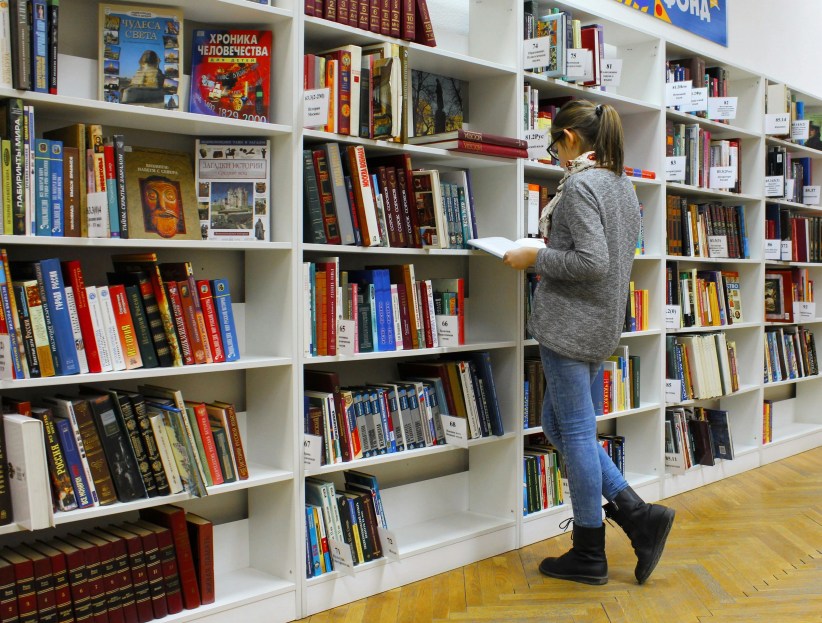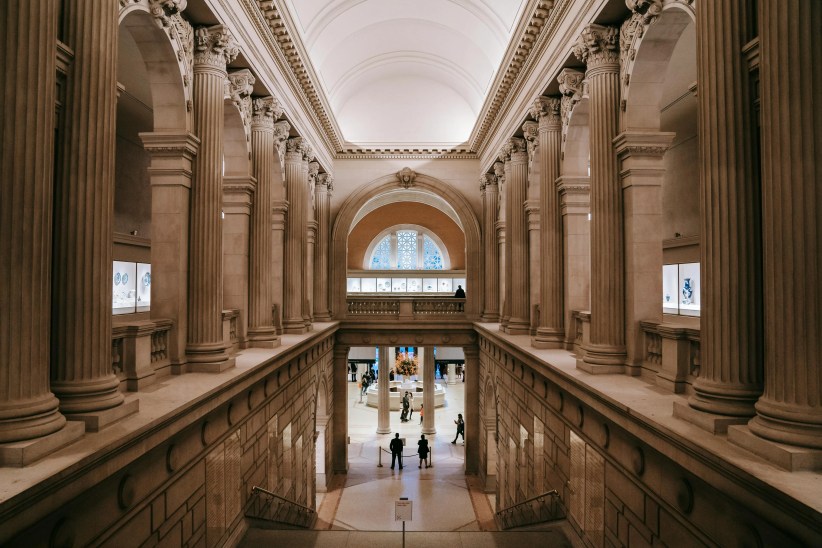The Zaha Hadid Building at 520 W. 28th St. in Chelsea unveiled Sandbox, Powered by Related, a STEAM-focused innovation lab, and Sandbox Playground, a temporary events space hosting partners on rotation for kids to explore right under the High Line, on October 3. Kids who live in the building have access to Sandbox, Powered by Related, which allows both older kids and toddlers to experiment with building and designing–older kids can try 3D printing, building worlds with robotics LEGOs, and exploring virtual reality, while little ones get the chance to experiment with softer, flexible materials. Sandbox Playground is open to the public for a limited time this fall and faces 27th St.
Sandbox Playground will host partners on a rotating basis throughout the fall to create innovative pop-ups and interactive exhibits for kids. Right now, Nerdy Derby is on-site with hands-on building and competitive car racing activities. Kids can create their own racecars and partake in friendly “no-rules” competition, utilizing a custom racetrack alongside a “Super Jump” ramp that measures the distance the cars travel.
Sandbox was created by Related Companies, the firm that handles residences in the Zaha Hadid building. Related’s EVP Greg Gushee explained the ethos behind the spaces. He’s worked as a real estate developer for more than 20 years, but loves engineering and building things with his kids–and noticed there were not many opportunities for kids to play at 520 W. 28th St. He developed Sandbox as a way for kids to not only play, but learn critical thinking, analysis, and experimenting skills for the future.
“By the time [these kids] get out of school, the world is going to be an entirely different place,” Gushee says. “The work is going to be entirely different. There will be automation and AI competing for jobs. What kids need to do to be able to survive in the future, is develop the very human skills of innovation, ideation, creativity. Things that robots and computers have a hard time catching up on. That’s what I try to teach my daughters.”
In this way, Sandbox is a kids’ room for the future, he says. Both the residential and public space aim to get kids excited about technology, but not on their phones. They will have the opportunity to build real, tangible things–and fail in order to succeed. In the residential room alone there is a 3D printer, robotic LEGOs, a virtual reality space, tools and building materials, opportunities to code, and much more. For more information on Sandbox Playground’s rotational visitors whose fun will be open to the public, visited Related’s blog.





















